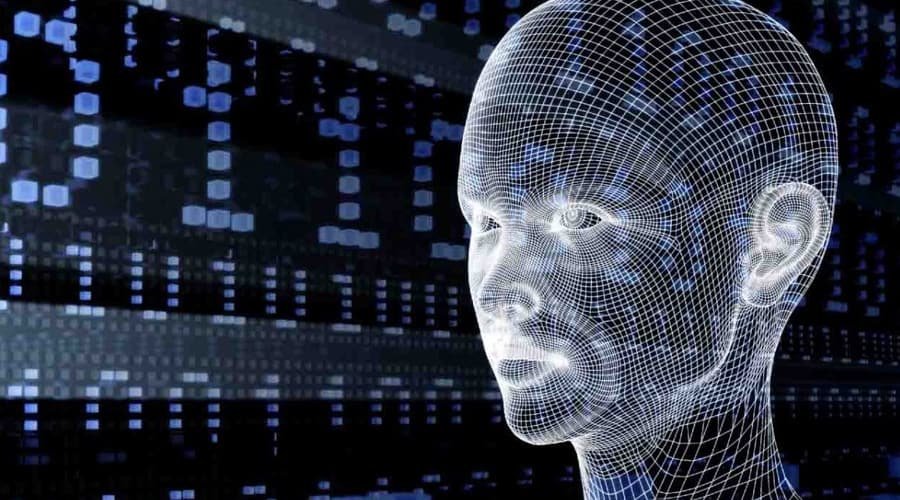Source – https://www.analyticsinsight.net/
From voice assistants to self-driving cars, artificial intelligence and machine learning are overtaking every aspect of the industrial sector. Machine learning algorithms are used to automate laborious tasks in businesses to discover patterns in existing data without being explicitly programmed.
The field is continuously evolving and high-value predictions are being used to make better decisions in real-time without human interventions. Under recent circumstances, investments in machine learning companies have drastically increased. Analytics Insight presents the top machine learning funding and investments in Q2 2021.
Lambda Labs
Amount Raised: US$15M
Transaction Type: Not Specified
Key Investor(s): Bloomberg, Patrick Collison, and others
Lambda provides deep learning services to top tech companies like Apple, Microsoft, MIT, and others. It is an AI infrastructure providing computation to accelerate human progress.
Zeitworks
Amount Raised: US$2M
Transaction Type: Not specified
Key Investor(s): Madrona Venture Group and Jazz Venture Partners
The company’s SaaS platform leverages machine learning to discover, analyze, and improve clients’ business processes without interfering with users or requiring system integrations. Their solutions measure the problems faced by the clients and execute step-by-step processes to solve the issues.
Deep Instinct
Amount Raised: US$67M
Transaction Type: Series D
Key Investor(s): Chrysalis Investments
The company uses deep learning algorithms to provide cybersecurity services. Deep Instinct’s on-device solution protects against zero-day threats and APT attacks with unparallel accuracy. By applying deep learning technology, enterprises can gain unmatched protection against cyber threats.
Physna
Amount Raised: US$56M
Transaction Type: Series B
Key Investor(s): Tiger Global, Sequoia Capital, and others
Physna is a geometric deep-learning and 3D search company that focuses on comparing and analyzing 3D models. The company powers innovation in manufacturing by bridging the gap between physical objects and digital codes.
